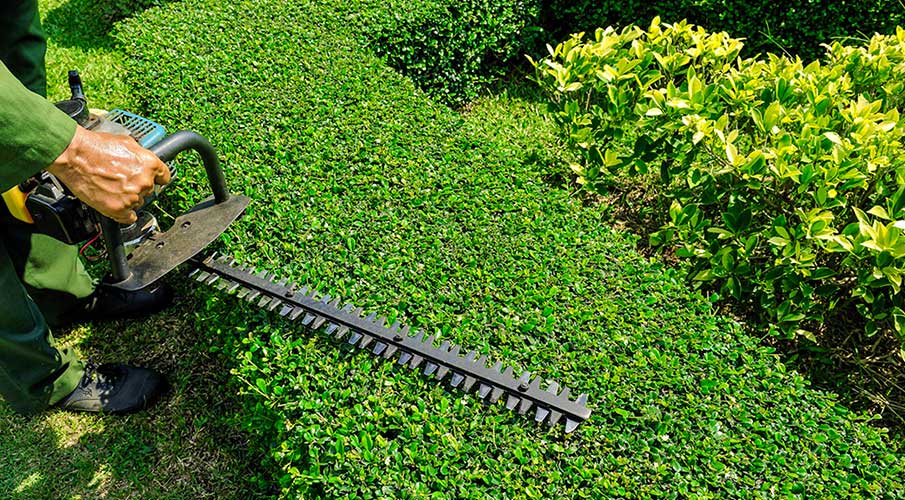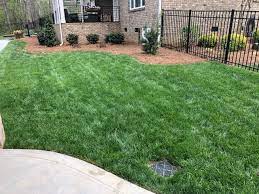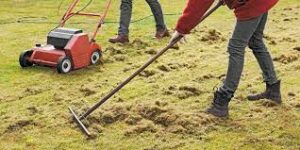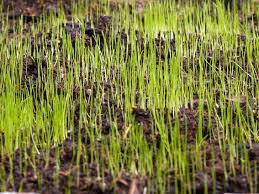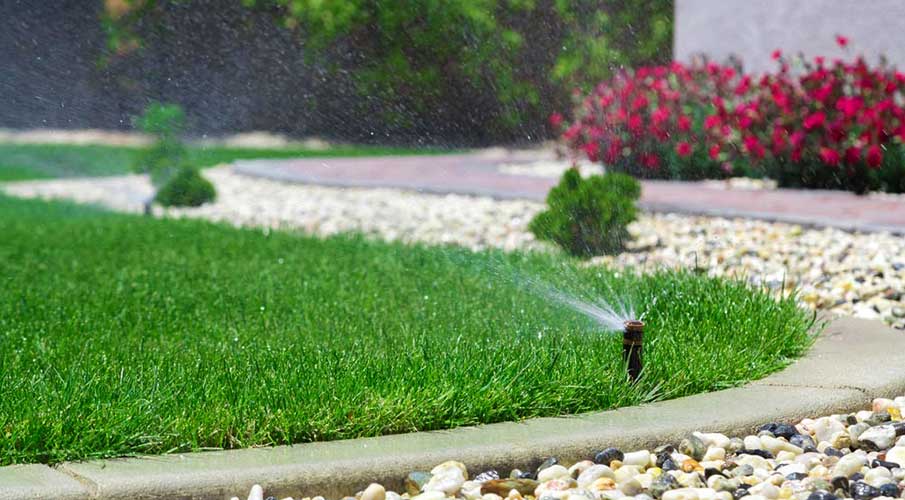Ready to learn about weed killer for lawns? We’ve put all the information you’ll need for a basic understanding of what weed control products to use in your lawn.
Where is this article for?
It’s important to understand that lawn care advice differs by climate and grass type. While there is a lot of overlap, you should check that advice given is for your area and turf. Always read the label of any product you use for safe handling instructions, and application rates, and to ensure compatibility with your grass type.
Midwest Turf Pros is based in Springfield Missouri, and we wrote this article for people with fescue lawns in the transition zone. Any weed-killer products we discuss will kill the same weeds no matter where you are, but you’ll have to read the label to ensure they’re safe for grasses other than fescue. You can read more about the transition zone here.
Types of Weed Killers
There are two primary types of products when picking a weed killer for lawns, preemergent weed killers and post emergent weed killers. We’ll discuss each type, give examples of the most commonly used active ingredients, and list the most common uses for each. You’ll get a complete list of weeds controlled by reading the label of the product. We’re using the active ingredients because there are only a few different ones used across many different branded products. Learning the active ingredients over the trade name will give you a more objective way to look at the products on the market. Every weed control product will have active ingredients listed. This will normally be in small print on the front of the container as pictured below, but may also be on the back or side.
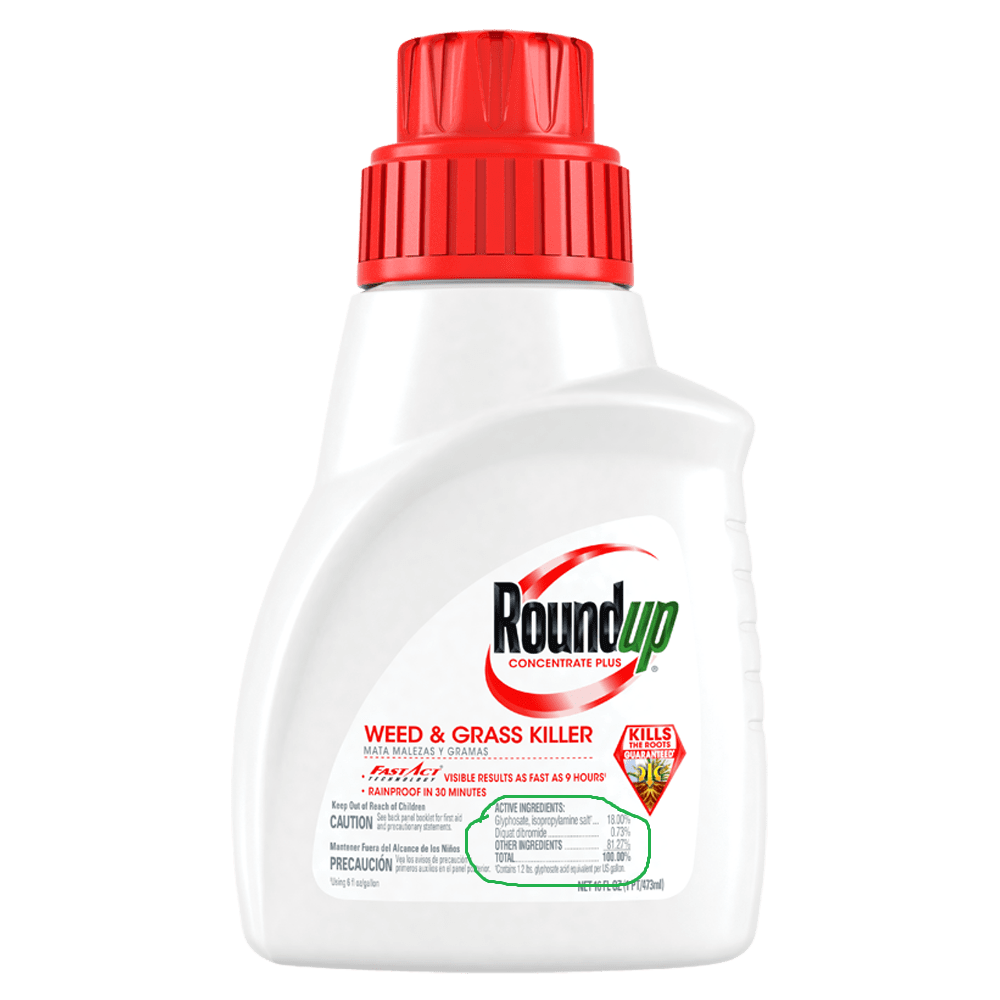
Preemergent Weed Killers for Lawns
Preemergents control weeds before emergence. These products will control weeds before they have sprouted but will do nothing to weeds that you can already see. A good weed killer program uses both preemergents and postemergents.
Prodiamine
Prodiamine is the main preemergent weed control used for most lawns. It prevents weeds such as henbit, crabgrass, quackgrass, chickweed, foxtail, goosegrass, and many others. It is a staple and should be used in the early spring between February 1st and April 15th. You should buy this product in granular form and water it in to activate. The rate of application will determine how long it lasts. Prodiamine can be found in products such as Fertilome’s For All Seasons 2 and Barricade.
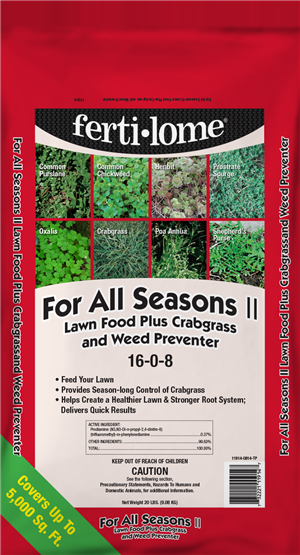
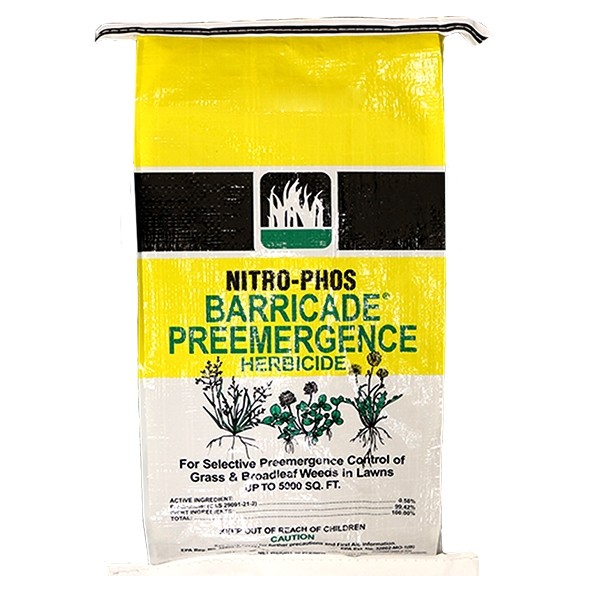
Post Emergent Weed Killer for Lawns
Post emergent weed killers control the weeds that have already sprouted. Which one you’ll use depends on what weed you’re trying to kill. Some active ingredients are made as both a granular application and a mix for a spray. Sprays will almost always be more effective than granular post emergents. Some sprays will require you to mix with a product containing surfactant or spreader/sticker. Surfactant helps the weed killer be absorbed more easily by plants. Make sure to read the label of the product you buy to get the mix rates, weeds controlled, and rates of surfactant.
2,4-D
A broadleaf herbicide used for clover, henbit, dandelions, shepherds purse, and other non-woody broadleaf weeds. Whenever possible, you’ll want to use this over other forms of broadleaf weed control. Can be found in many products labeled as 2,4-d, such as the Hi-Yield product below, but might also be labeled as trimec, threeway, or a similar variation.
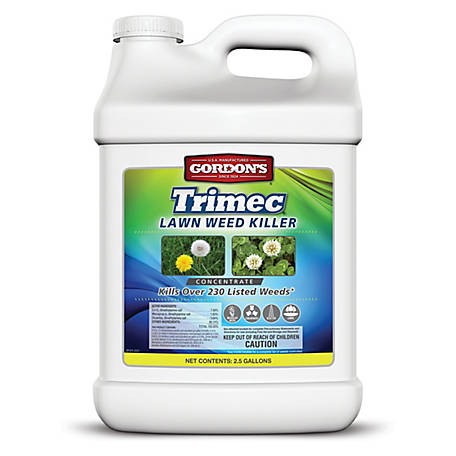
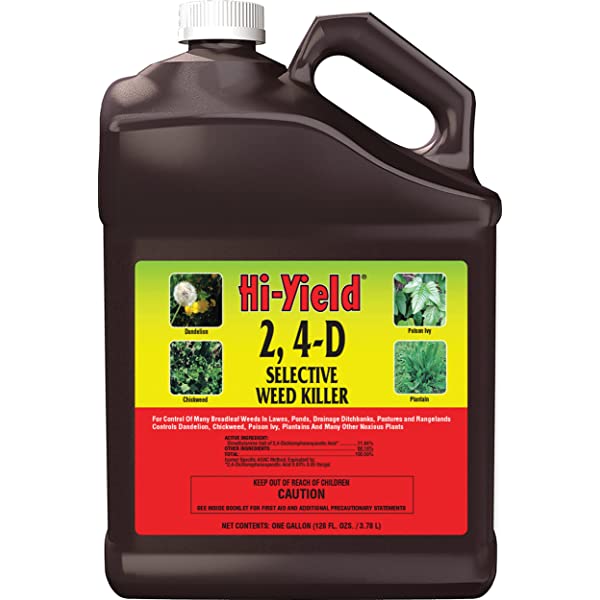
Triclopyr
Triclopyr is a broadleaf herbcide that will kill all the weeds 2,4-D will, but will also handle woody sprouts and brush. You should use 2,4-D unless you are trying to get rid of something not listed on the 2,4-D label, like brush, ivy, or African violets. Triclopyr should not be used in hot weather as it could burn the grass. Triclopyr is found in Hi-Yield’s Triclopyr Ester and in most products that are labeled as brush killers.
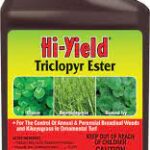
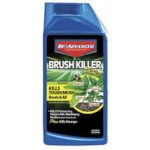
Quinclorac
Quinclorac controls many grassy weeds and broadleafs. If you’re going after broadleaf, you’ll still want to use 2,4-D when possible. The primary usage of quinclorac is crabgrass control. If you got your preemergent out late and need to get rid of some crabgrass, this is a great option. You’ll find quinclorac in products such as Drive, and BioAdvanced’s “Lawn Weed & Crabgrass Killer.”

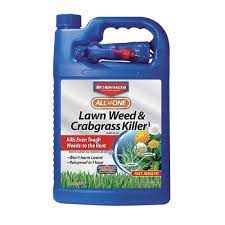
Sulfentrazone
Sulfentrazone controls various types of nutsedge. Nutsedge is one of the weeds that can’t be prevented with preemergent, so it’s handy to have some of this on hand. It kills broadleaf weeds too, but it’s better to save this and use your 2,4-D for those. Sulfentrazone is an active ingredient in Dismiss and Spectracide’s “Weed Stop for Lawns.”
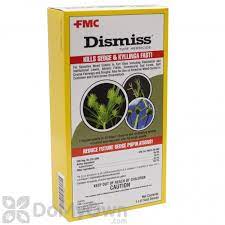
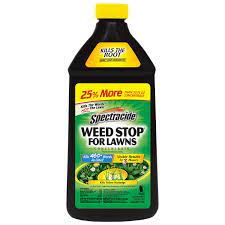
Conclusion
These are the basic weed killers for lawns you’ll use 90% of the time. While most of these are compatible with a wide variety of turf types, we use them to treat fescue lawns. You should always check the product label to make sure it is approved for use on your turf. Always read the instructions on any product you buy. The instructions on the label will always supersede all other information. For more about reading pesticide labels, click here.
Looking for a lawn care company to handle killing the weeds in your lawn? Click here to request a quote from Midwest Turf Pros.
